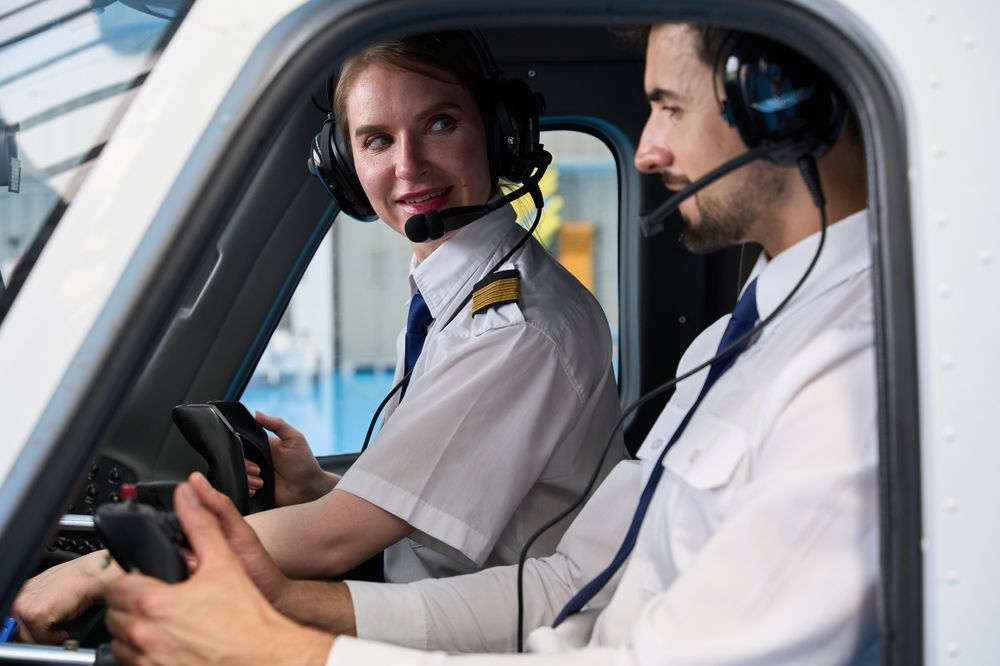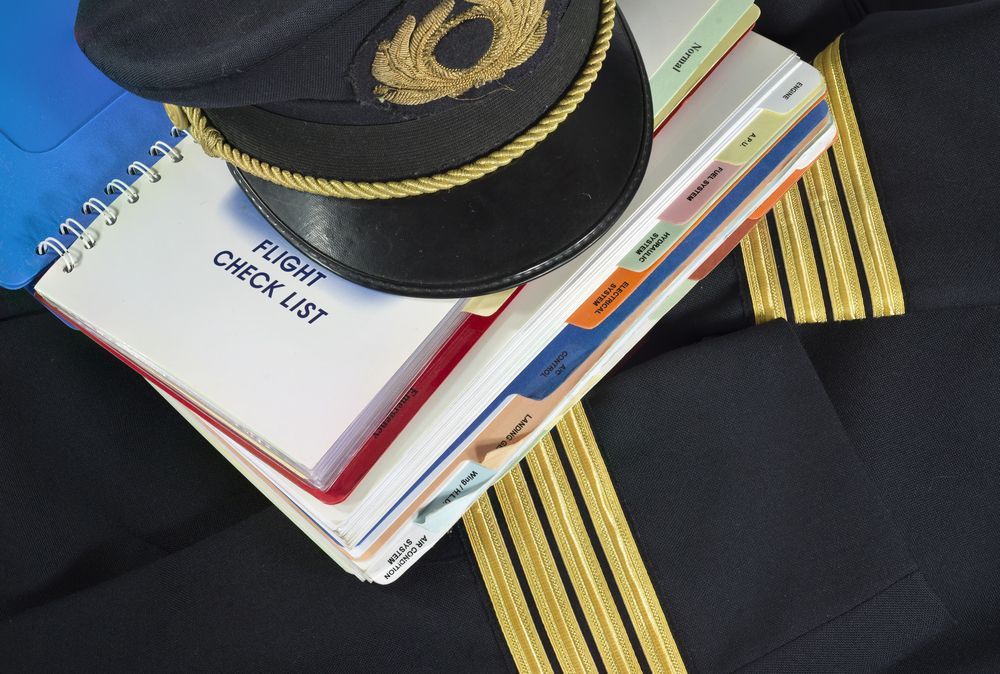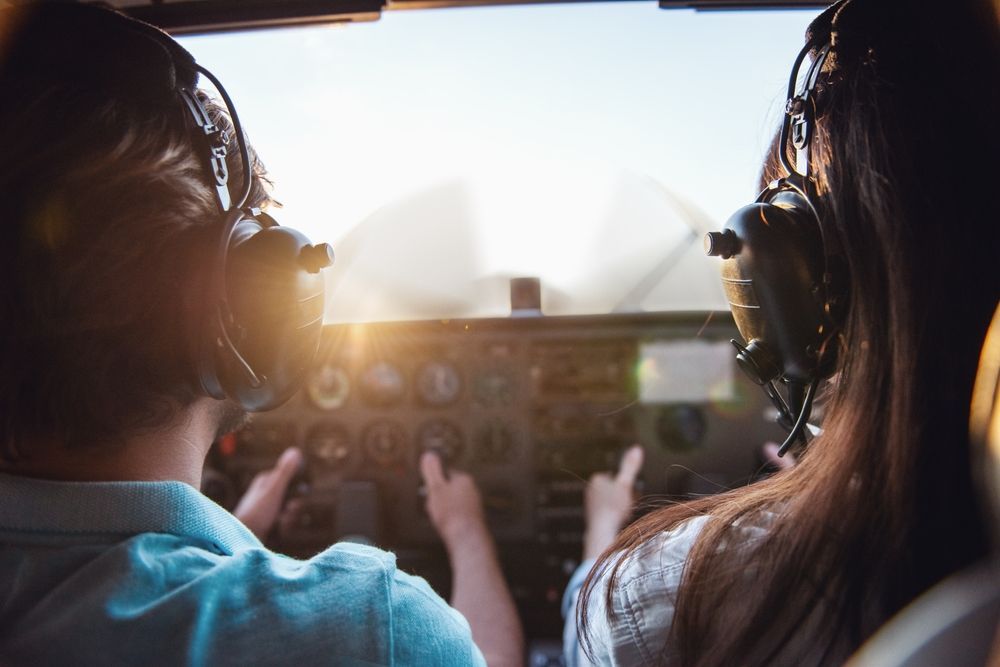Life of a Pilot: How Many Hours Do Pilots Work?
Share this article:
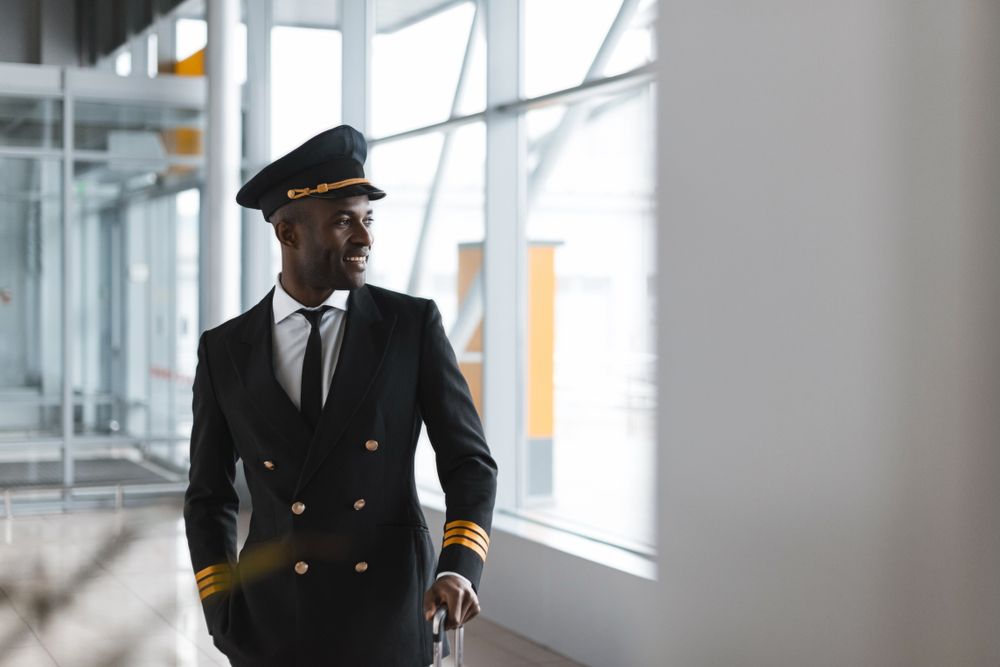
The everyday life of a pilot looks glamorous to many people. Flying to a different destination several times a week, constant bird’s eye views, sunsets, and sunrises from the air, inspiring salary … what’s not to like?
Yet the logistics matter too. In addition to completing flight instruction and earning your flight hours before you can get a job, many people want to know “How many hours do pilots work?” If you’re coming out of high school or college, or just looking for a career change, that’s an important question to answer so that you truly understand what you’re looking at in a pilot career.
Here’s a glimpse into a pilot’s life as well as the flying time you should expect. First, though, let’s take a look at a pilot’s basic job and work environments.
What Do Pilots Do?
Although most of us imagine pilots working only in the air, that’s not true. They have plenty of work to do before a flight takes off and after it lands.
Flying Time
A pilot’s flying time is the amount they spend in the air. This can consist of one leg or multiple. During that time, they monitor the autopilot and occasionally take manual control when necessary.
Prep Time
Before the flight, pilots must complete lengthy pre-checks to make sure the plane is in working order. Afterward, they must do a post-flight checklist.
Work Environment
Because pilots work before and after the flight as well, their work environment consists of several places:
- Inside the cockpit
- In the airport
- In the pilot’s lounge
Depending on the pilot’s specific job – for instance, if they are medical workers or mail carriers – may have different environments that are unique to their career.
What Determines How Much a Pilot Works?
The factors influencing how much a pilot works and when are myriad.
Flight Types
Long-haul flights are obviously lengthier than short, domestic flights. When pilots are in the air for a long time, especially on international flights, different rules apply. Read on for specifics.
FAA Regulations
The Federal Aviation Administration (FAA), the body that governs air travel and the work of pilots and flight crews, is very specific about the amount of time pilots can work. For two-pilot crews:
- No more than 32 hours in a week
- No more than 100 in a month
- No more than 1,000 hours in a year
Additionally, pilots must have 24 consecutive hours off during any single week.
International regulations are different from those administered merely by the FAA, and you can find out more about them here. The most relevant here is “No pilot of an airplane that has a crew of three pilots may be on duty for more than 18 hours in any 24 consecutive hours.”
Additionally, three-pilot crews are limited to 12 hours in the air in a 24-hour period, while four-pilot crews are limited to 16 hours in the air in a 24-hour period. There are also limitations on flight deck duty.
Seniority
Seniority also affects a pilot’s schedule. More senior members of an airline have a greater ability to pick the schedules they want, get the time off they like, and keep their schedules the same. That can include such factors as:
- Whether they prefer long-haul flights (which pay considerably more) to short ones
- When they work, especially whether they work day or night shifts
- How much time off they have between shifts
- How many days in a row they work
As a pilot gains seniority, their ability to design their schedule to their specifications increases.
How Many Hours Can a Pilot Fly Per Day?
In addition to weekly, monthly and annual flight maximums, there also exist daily limits.
According to the FAA , “Flight times within the duty periods are restricted to a maximum of 8 hours for flight crews consisting of one pilot and 10 hours for flight crews consisting of two pilots. The 8-hour and 10-hour flight time limitations include any additional commercial flying performed by the flight crew during the period.”
The last sentence is important to note, since it states that even if the flight crew were to switch to another flight or another airline (flight crews do often stay together across airlines), the hour limits would still apply.
Moreover, adds the FAA, “The only exception to this rule is when the excess flight time is due to a delay enroute caused by unanticipated events (e.g., unanticipated headwinds) if the certificate holder or flight crew reasonably anticipated all flight segments would have been completed within the 14-hour duty period.”
Finally, note that “If the operation involves a regularly assigned duty period under§ 135.267(c), then the duty period cannot be extended.”
This means that should the delay occur in the air , the flight crew can obviously complete their trip. However, should they be on the ground and know that a final planned leg would cause them to exceed that period, it isn’t allowed. A new pilot must be found to complete the journey.
As you can see, the life of a pilot is constrained quite strictly. Therefore, the answer to the question “How many hours do pilots work?” is 14 hours or less of total duty, including the work that occurs on the ground before and after the flight. This is true even for medical workers.
The Flight Training You’re Looking For
Still interested in the life of a pilot? The truth is, how many hours pilots work is not a deal breaker for most people. While it can be frustrating to have your hours limited, it’s also nice to know that your airline will protect your rest and work-life balance. Looking to learn more about flight training for career pilots , so you can make the life of a pilot your own? JA Flight is here for you, helping you build your skills and flight time requirements through instruction, internships, and affiliations. Get in touch to learn more today!
Connect with Us:
